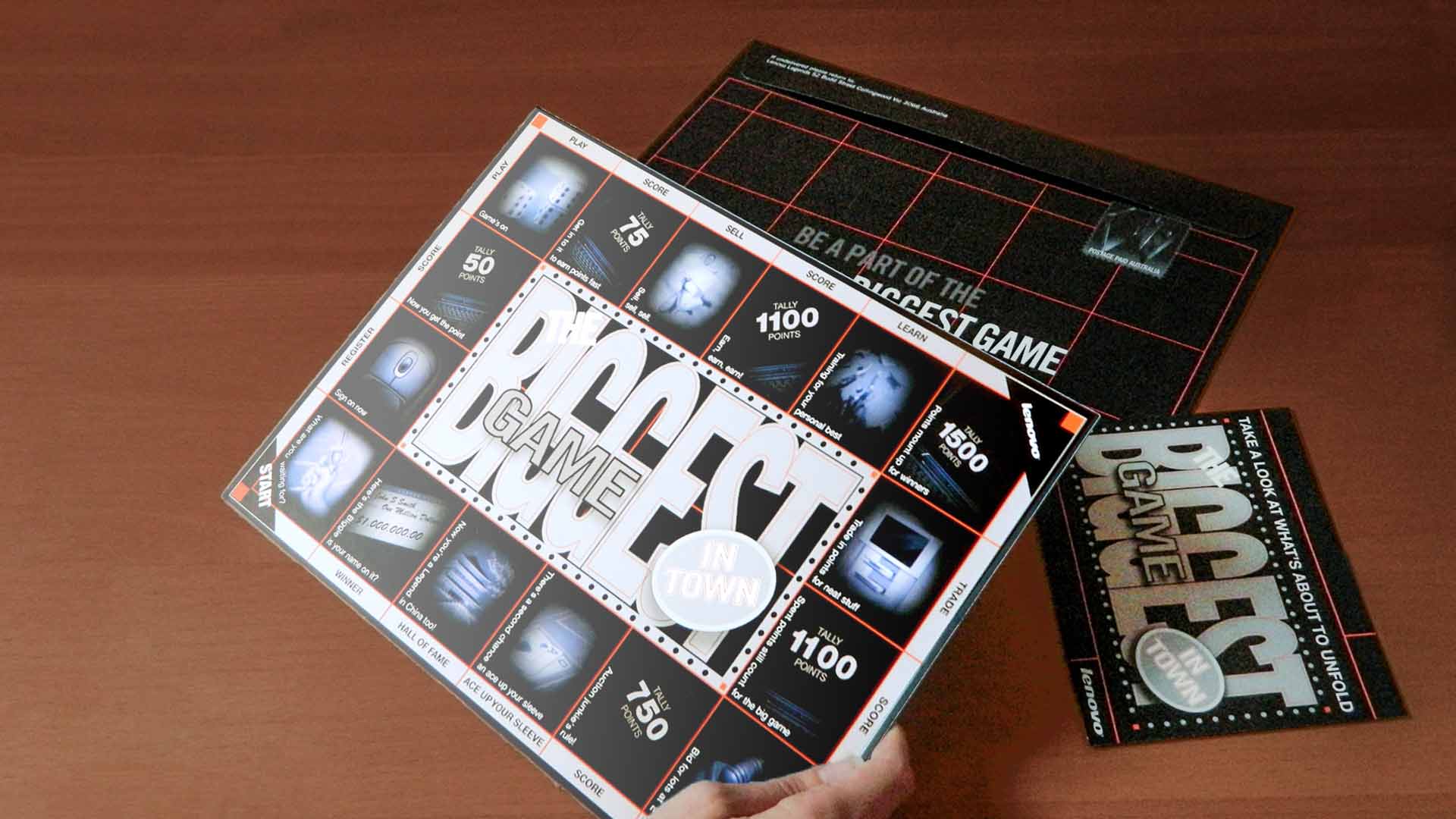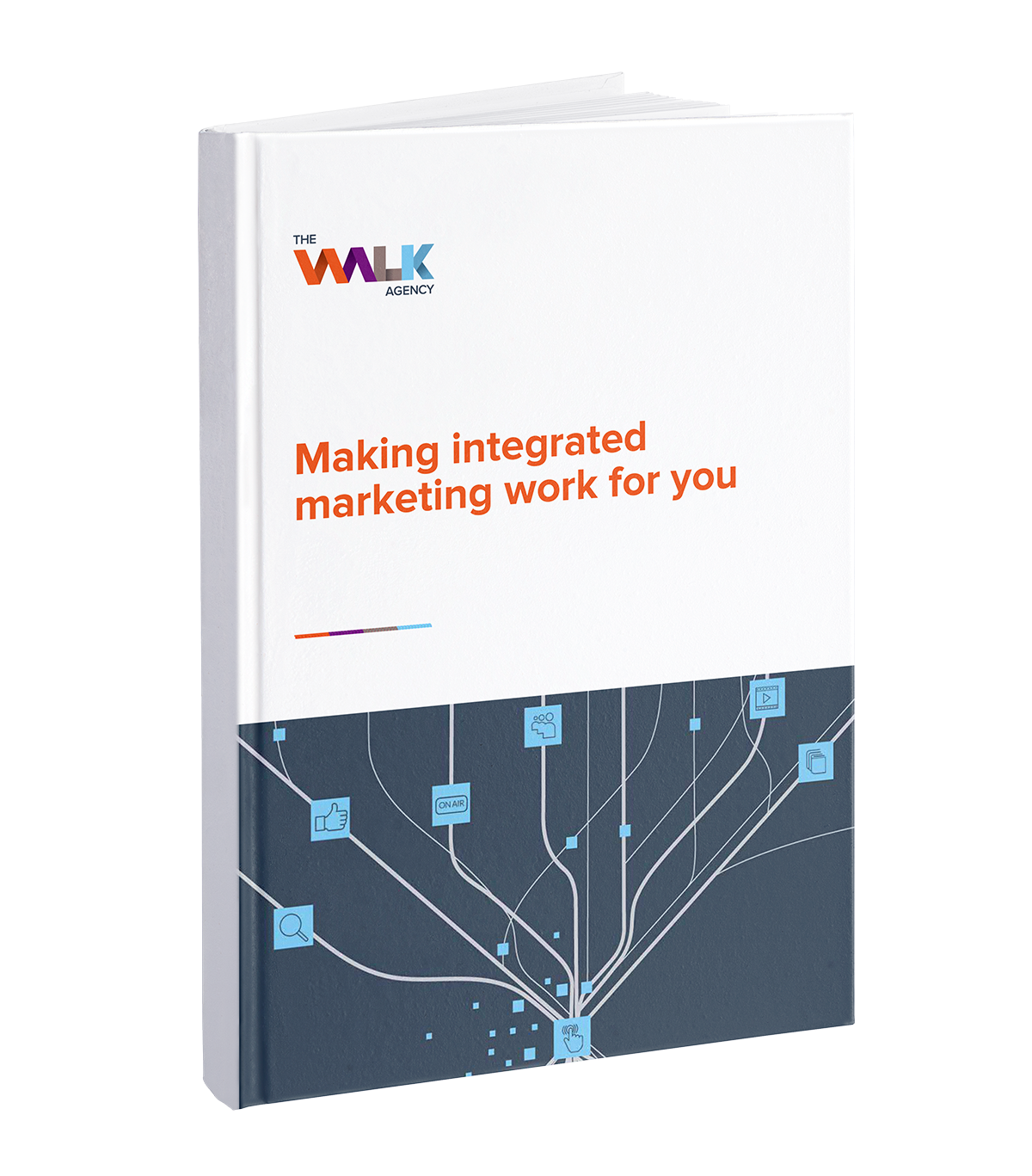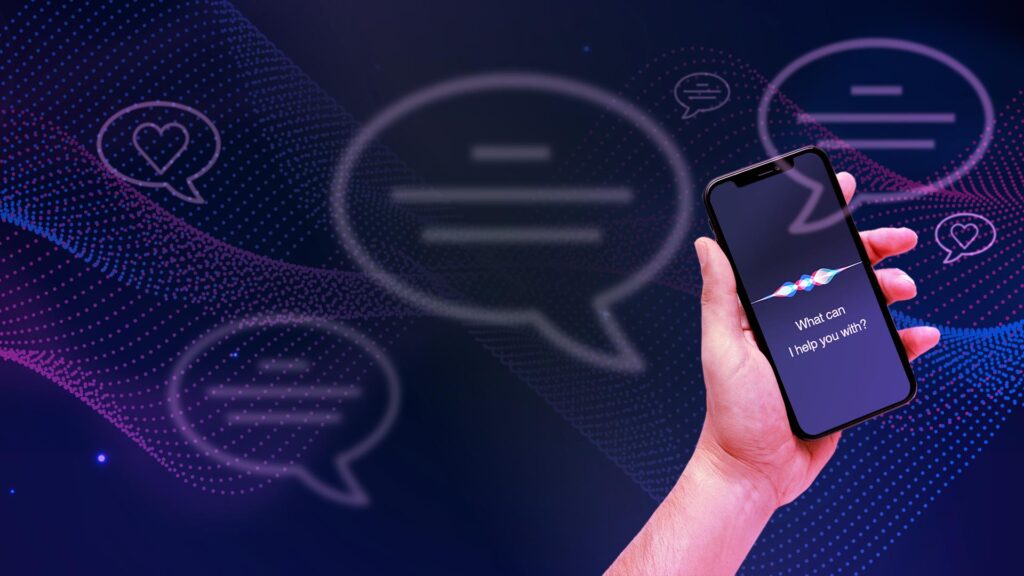In a business-to-business environment, staying close and relevant to the distribution channel, who are interacting directly with the end-user decision makers, is both a big challenge and a great opportunity.
Major product and software companies are dependent on the channel for all but the largest client opportunities and in a sales environment, there is always a range of competitors trying to get their products noticed and purchased ahead of yours. Ultimately, to gain and maintain strong market share, companies need more than just a vendor briefing and some sales collateral to hold the attention of the channel – and win share of mind in the end user space.
So, how do you gain attention and interest and provide motivation for hundreds or even thousands of business development managers and salespeople to help you get your products into the hands of end-users? The key is to introduce another reason for the channel, to have your brand and products top-of-mind and subsequently recommend and sell your product. These come in a range of guises – whether it is an incentive program, recognition program or rewards program– and each has its place. Here we will look at six key ingredients for a successful channel incentive program that will engage your audience and help your brand voice to be heard above all the noise in the channel.
- It must be fun: People like to play games that are fun and which gives them the adrenalin rush. There may be challenges and frustrations, but that is okay, because games that are too easy are no fun either.
- It must have rules: The game needs to have clear structures, goals, time frames and behaviour that is out of bounds. Without the rules that apply to everyone, the game cannot be fair.
- It must have players: Players like to compete when they consider their strengths are well suited to the game. The better your players, the more fun the game becomes, so your game should be set up in a way that attracts sales people who want to demonstrate their abilities.
- There must be a prize: Some dedicated players love to play for the fun of the game, but when you have a coveted prize on offer, everything is taken to the next level. Is it money? Is it a money-can’t-buy experience? Is it recognition? Is it something even bigger? Whatever it is, the prize must be perceived as attainable and exciting for the players.
- There must be a way to win: Imagine a game that has no end time that does not keep score and where there is no clear way to win. It would not be fun and it would not keep the players interested. As the inventor of your game, you get to set the goalposts that let players know when they are winning, but they must be easy enough to understand. Just like professional sporting events, your game should offer short-term wins as well as an overall championship victory. The thought of winning should stir the audience up emotionally and make you feel a surge of energy and focus.
- The must be a way to lose: If you cannot lose the game, then it is no fun either. The game must be edgy enough that the players realise it is entirely possible to lose. The thought of losing the game should be a strong driver, and there should be a point where it is clear the game has been lost so players know when it is time to go back to the locker room and rethink their strategy.
A great sales incentive program is like a big game that needs to keep the sales people pumped and fired up, always ready for that next achievement.
The Walk has been helping companies like Lenovo, VMware and Honeywell design and roll out their channel marketing programs. Whether it is an incentive, recognition or rewards program, talk to us about how we can help you. If interested, you can ask for a copy of our case study “When Heroes become Legends”, detailing how we helped Lenovo gain a foothold in the crowded Australian reseller channel market.
Reference:
Priestley, Daniel. Become A Key Person Of Influence. St. Albans: Ecademy Press, 2010. Print.




